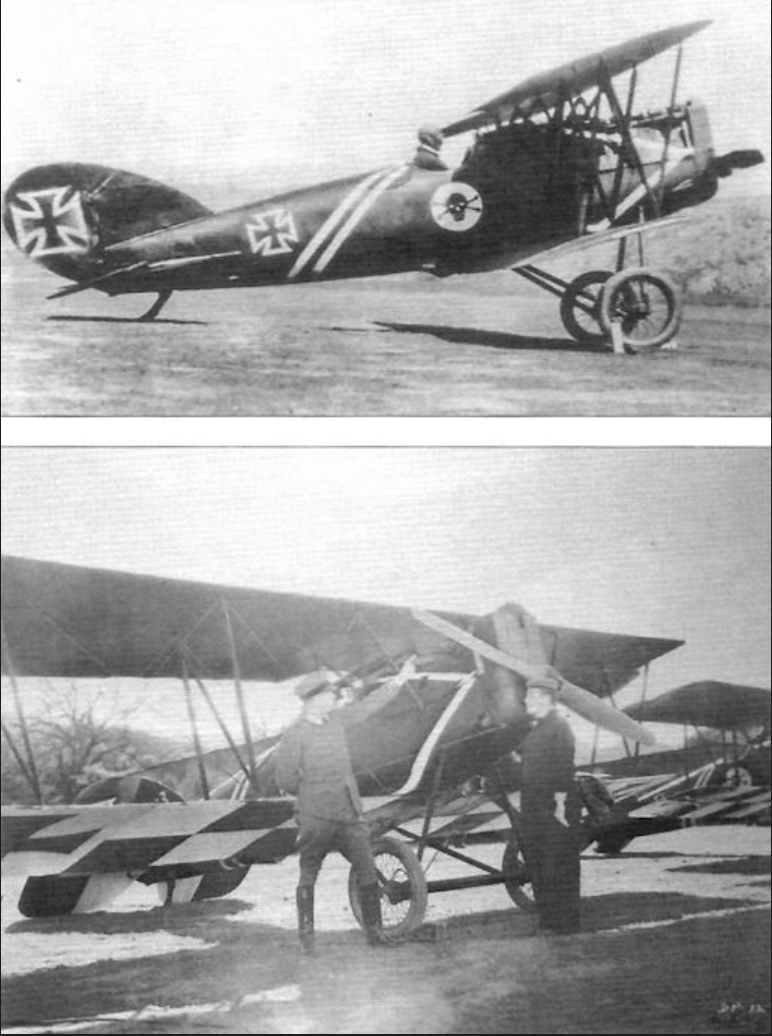1
Forum Announcements / Re: Now taking Suggestions for 2025 Group Build #2!
« Last post by Allan31 on Today at 12:10:52 AM »Thanks Brad,
Hummmm, it "felt" like we had more than 7 participants in the GB but I guess the results don't lie.
I'm actually a shoe-in for 4 out of the 7 categories. I want to do the Glencoe Nieport 28 (classic) as Cambell's a/c as an experiment for finding correct Vallejo colors for my Rickenbacher's (aces) SPAD XIII build. The "Blue Max" DH-4 is on the short list (2-seat). A bit miffed that no Curtiss P-1's available in 1/48 scale (Silver screen) but I could do this instead.

My only issue, and not really an issue is we have 2 weddings and a trip to Italy in the midst of the this GB.
Hummmm, it "felt" like we had more than 7 participants in the GB but I guess the results don't lie.
I'm actually a shoe-in for 4 out of the 7 categories. I want to do the Glencoe Nieport 28 (classic) as Cambell's a/c as an experiment for finding correct Vallejo colors for my Rickenbacher's (aces) SPAD XIII build. The "Blue Max" DH-4 is on the short list (2-seat). A bit miffed that no Curtiss P-1's available in 1/48 scale (Silver screen) but I could do this instead.

My only issue, and not really an issue is we have 2 weddings and a trip to Italy in the midst of the this GB.

 Recent Posts
Recent Posts .
.









